WHO has produced a new report entitled Country Implementation of the International Code of Marketing of Breast-milk Substitutes – Status Report 2011.(1)
This is the first WHO report of its kind and it contains many useful statements and statistics about Code implementation compiled from a questionnaire that WHO sent to governments. For example Para 2.3.5 says: “Reported consistent, repeated, systematic violations by the industry are common concerns of countries. Very aggressive direct marketing or indirect advertisements to mothers exist. In some instances countries reported that the industry resisted all provisions of regulations, and this resistance is sometimes expressed as pressure on government to limit implementation or upgrading/updating of the law.”
However, the opening line in the Executive Summary, the body of the report,and several pages on WHO’s website ((2), contain a big error regarding the number of under 5 lives that could be saved through optimal breastfeeding. They refer to only 220,000 babies instead of 804,000 (11 ·6% of all under-5 deaths ). The 804,000 figure is the new estimate from the first paper of the 2013 Lancet Series on Maternal and Child Nutrition, while the 220,000 figure comes from the second paper in the same series which is not a global figure. It refers only to lives saved by scaling up to 90% coverage the promotion of breastfeeding and appropriate complementary feeding in 34 countries with a high burden of stunting.
In a similar Lancet Series, in 2003, the estimated proportion of lives saved through optimal breastfeeding was 13%, the total number of underfive deaths was 11 million – with 1 ·4 million deaths attributed to sub-optimum breastfeeding. There has been a fall in the overall number of deaths to 6 million, which explains the newly estimated 804 000 deaths due to sub-optimum breastfeeding.
IBFAN welcomes the reduction in deaths – which is due to many factors, including better access to treatment, reduction in infectious diseases and other improvements in nutrition and public health. However, we are concerned that if the impact of breastfeeding is misreported, product-based nutrient interventions will automatically assume greater importance. Policy makers are then likely to focus on products rather than breastfeeding protection, promotion and support – all of which are essential.
WHO has promised to fix the problem with the estimate – but in the meantime – we thought you should see this new report.
1 (http://apps.who.int/iris/bitstream/10665/85621/1/9789241505987_eng.pdf)
2 http://www.who.int/features/factfiles/breastfeeding/en/index.html

